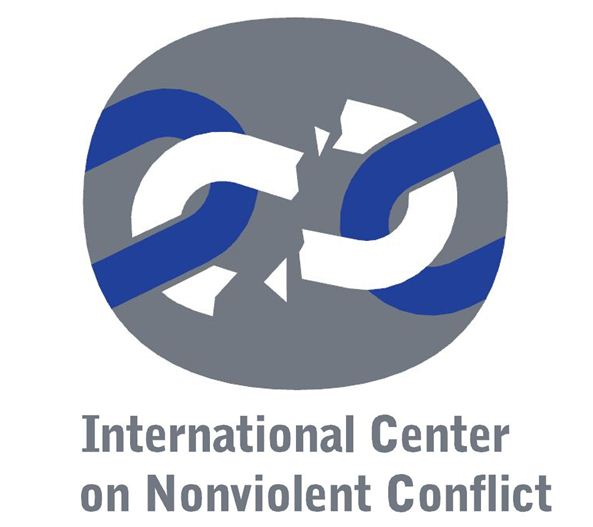India
Discusses briefly the potential for a significant movement either against new nuclear power plants, especially in the light of the US 2008 deal to assist India's civilian nuclear energy programme, or against India's nuclear weapons policy. Sarkar notes that a number of lively local protest movements had sprung up against the construction of new nuclear reactors. There are also a number of groups, backed by 'prominent citizens', opposed to India's possession of nuclear weapons. But Sarkar is sceptical about the likelihood of an effective national campaign against either the energy programme, or the nuclear weapons policy, capable of influencing the government's commitment to both.
Brief summary of key disagreements between government and Hazare camp on role and powers of proposed ombudsman.
Criticizes coercive nature of a ‘fast to the death’ and dangers of civil society activism that bypasses parliament.
The author argues that there are two stages in the process of developing an effective progressive force like the nuclear disarmament movement, whether regionally in South Asia, or globally. In the first phase a movement needs to attack and undermine the popular legitimacy that all governments seek to obtain for their policies. In the second phase, it can practically develop on a very large scale and achieve a critical mass that impacts on actual policy.
Reprinted in A Collection of Essays, New York, Harcourt, 1953.
A frequently cited critical review of many aspects of Gandhi’s philosophy and life, which nevertheless recognizes his positive contribution as a politician.
Study of women’s rights movements in Middle East and Asia from 19th century to 1980s, covering Egypt and Turkey, China, India, Indonesia, Korea and the Philippines. Argues feminism was not an alien ideology but indigenous to these countries.
Presents an 'ideal type' of nonviolence (the power of good) which synthesizes the approaches developed by the Catholic Hildegard Goss-Mayr, the Hindu Gandhi and the atheist de Ligt. Attempts to describe the common core of the various traditions of nonviolence: the conception of how nonviolent action typically works. Differentiates between nonviolence as a pattern of interaction, a model of behaviour and a human potential. 'The power of good' chiefly has an impact through action by committed individuals, 'contagion' and the evolution of both in mass noncooperation.
Especially chapters 4 to 7.
Provides an account of who is protesting in the camps around Delhi, why the farmers oppose the government's new farm laws, the government's responses to the protests, and future plans.
Emphasizes local roots of movement. including development of ‘non-secessionist regionalism’ in Uttarakhand. The epilogue, written in 1998, adds historical perspective on the movement’s achievements and reports on-going struggles. Seeks to offer ‘corrective’ to romanticized western and ecofeminist interpretations.
Designed as a textbook, it covers history, theoretical developments and debates about the results of nonviolent movements. It categorizes nine types of nonviolent action, which are illustrated by case studies. A separate chapter explores key issues of why and when sections of the armed services defect from a regime challenged by a nonviolent movement.
On use of legal mechanisms under the 2005 Right to Information Act by anti-corruption and right to information groups.
Sympathetic, but not uncritical, assessment of Gandhi’s style of politics, his conflicts with the Raj and opposition groups and critics within India, and his impact on later movements. The author studied ‘subaltern’ movements in India for many years before engaging with Gandhi.
Include two brief accounts of struggles to retain land, by Adivasi (indigenous) people in Gujarat against dispossession from traditional lands by the Forest Department, and the ‘Save Our Lands’ campaign in Gujerat for common lands held by villages and often used by the landless for herding animals, plant collecting, etc, who were threatened by corporate agriculture. See also Anand Mazgaonkar, Macro Violence, Micro Resistance (Development Violence and Unarmed Grassroots Resistance), 2006 .
Describes Sampat Pal and the now 20,000 strong Pink Gang she founded, which uses ‘social power’ to defend individual women treated unjustly and to challenge misogyny in general, The women carry sticks and sometimes attack corrupt politicians and policemen. See also: Sampan Pal, Anne Berthod, Warrior in a Pink Sari , New Delhi, Zubaan Books, 2012 , pp. 220
This wide-ranging collection analyzes the status and progress of women both in a national context and collectively on a global scale, as a powerful social force in a rapidly evolving world. The countries studied―China, India, Indonesia, Iran, Egypt, Cameroon, South Africa, Italy, France, Brazil, Belize, Mexico, and the United States―represent a cross-section of economic conditions, cultural and religious traditions, political realities, and social contexts that shape women’s lives, challenges, and opportunities. Psychological and human rights perspectives highlight worldwide goals for equality and empowerment, with implications for today’s girls as they become the next generation of women. Women’s lived experience is compared and contrasted in such critical areas as: home and work; physical, medical, and psychological issues; safety and violence; sexual and reproductive concerns; political participation and status under the law; impact of technology and globalism; country-specific topics.
A selection of Gandhi’s writings that illustrate his thought and action, his relationship with the West and his reflection on the West-East relationship. The author presents also research findings on educational programs based on Gandhian principles, Gandhi’s thought on economic issues, nonviolence, nationalism, intercultural dialogue, terrorism and war, as well as experiments in Italy based on the Gandhian philosophy.
Part II discusses various influences on Gandhi, and Part III Gandhi’s influence on Arne Naess (ecology), Johan Galtung (peace research), E.F. Schumacher (economics as if people mattered), and Gene Sharp (nonviolent action as a method).
Nanda, who has also written a balanced biography of Gandhi and studies of other Indian leaders close to Gandhi (including Gandhi’s early mentor Gokhale), here examines controversial aspects of Gandhi’s life and thought.
Studies cover Peru, India (Orissa), Philippines, Nigeria (the Niger Basin), Chad and Cameroon, as well as Australia and Canada.

 The online version of Vol. 1 of the bibliography was made possible due to the generous support of the
The online version of Vol. 1 of the bibliography was made possible due to the generous support of the  The online version of Vol. 2 of the bibliography was made possible due to the generous support of
The online version of Vol. 2 of the bibliography was made possible due to the generous support of